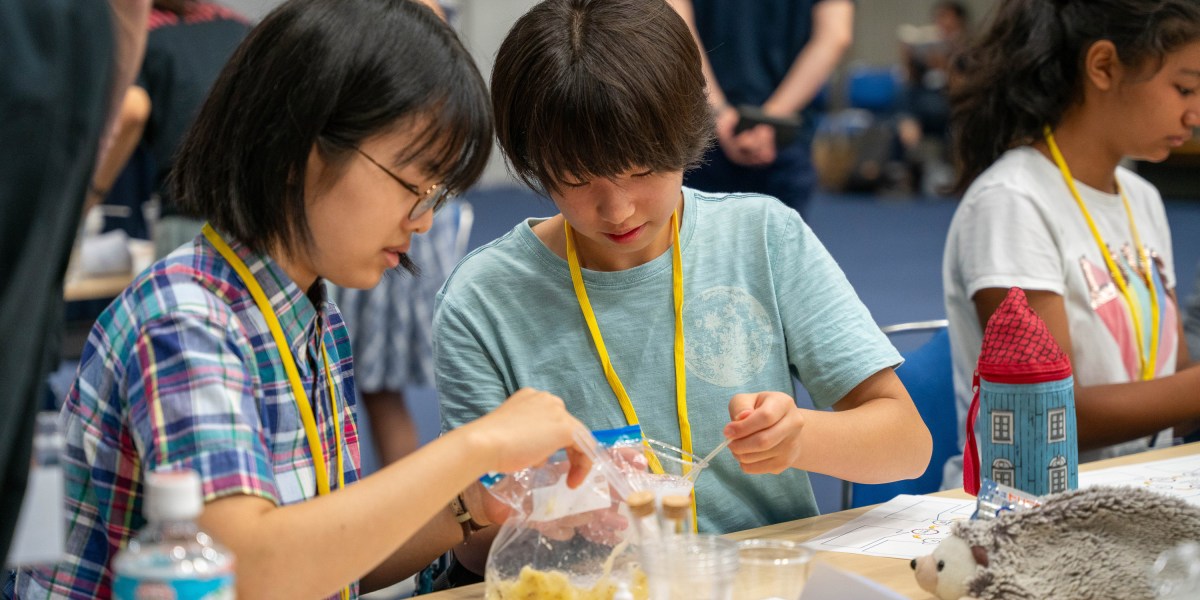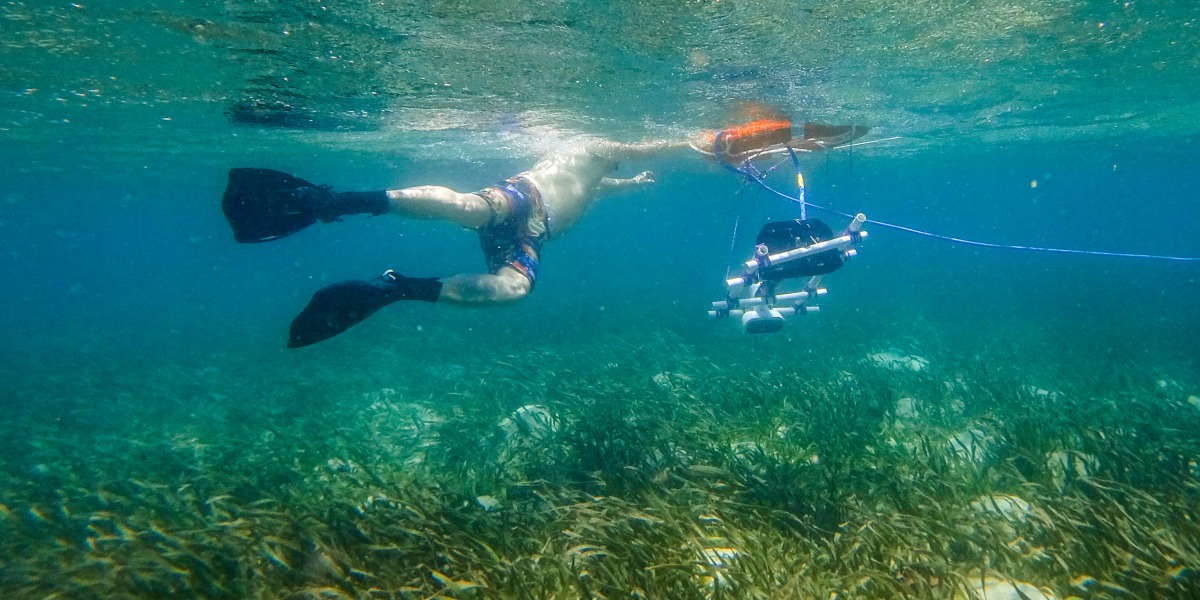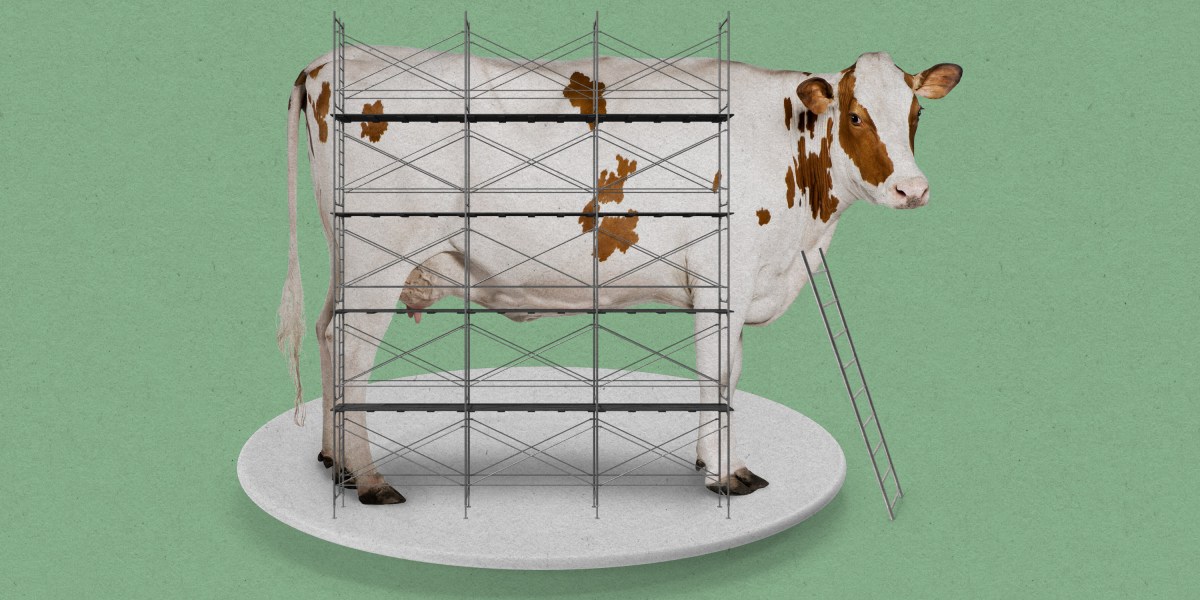Celebrating a pioneer and role model for women in STEM
When Sawaka Kawashima Romaine ’01 became president of MIT’s Club of Japan in 2022, she was the first woman to hold the office in the club’s more than 110-year history. Understandably, she felt a lot of pressure.
“I had just given birth to my first child, and I had also recently changed jobs, so it was a crazy time with a lot of change, but I realized that if I didn’t take the role, the chance for another woman to be president might not come again soon enough,” says Romaine, who had been the club’s vice president for the previous three years. “I feel a lot of responsibility as the first female president for everything to go well and succeed, because I want others to follow and because I feel that female representation is super important.”
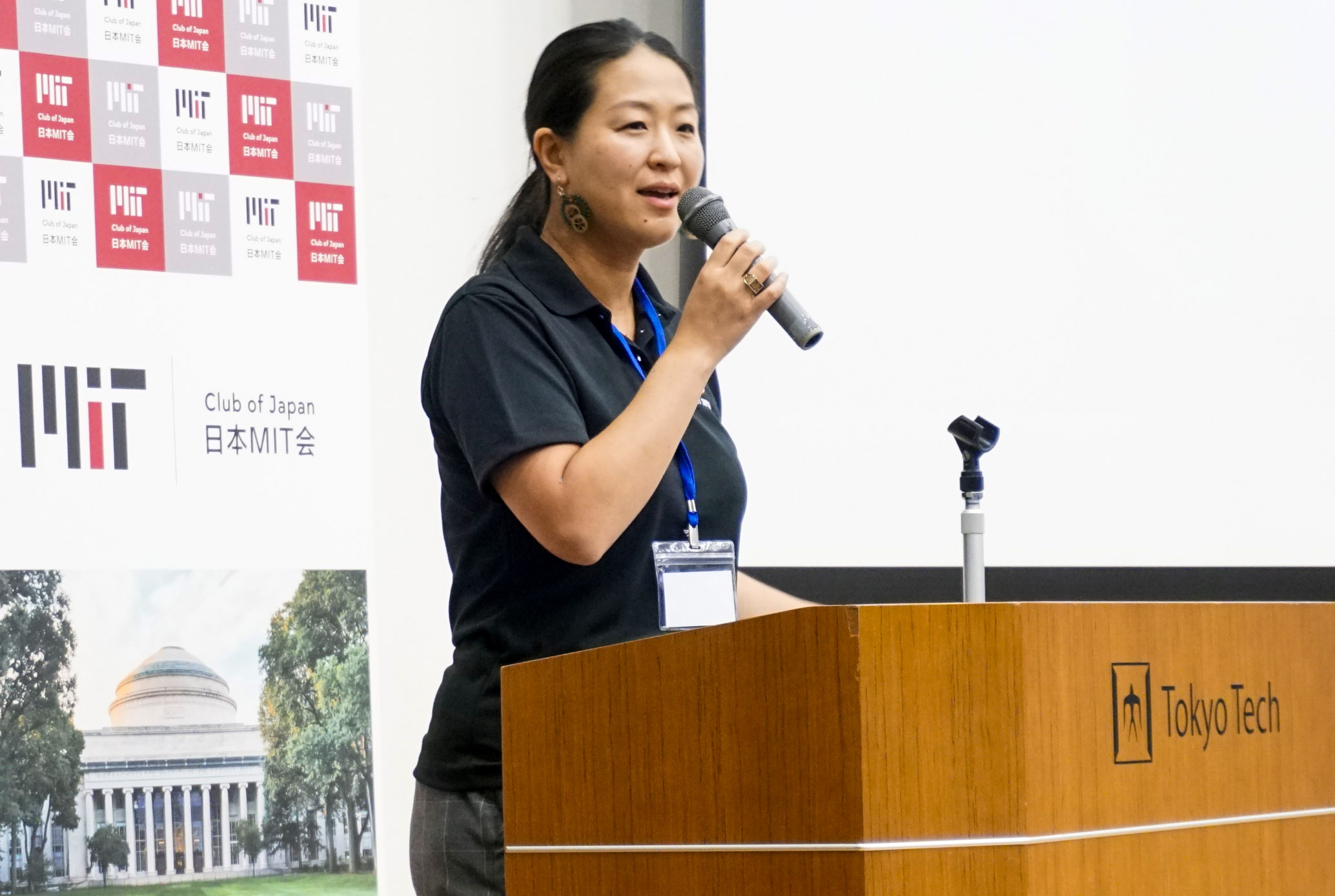
Upon starting her three-year tenure, Romaine says, she had a clear vision for what she wanted to achieve. In addition to diversifying the board and creating an online presence for the local public—tasks she has already accomplished—Romaine wanted to find a way to inspire young women. “Knowing that there is such a big gender gap in STEM, I wondered if there was something I could do about it,” she recalls.
While brainstorming and digging into historically important MIT dates, she realized that 2023 marked 150 years since the graduation of Ellen Swallow Richards, the first woman to attend and earn a degree from the Institute. (See “Ellencyclopedia,” MIT News, September/October 2007.)
Romaine decided to honor Richards’s accomplishment with a leadership event in Japan for women in STEM. She then shared the idea with MIT’s alumni network in Asia, contacting other club leaders with the help of the Alumni Association to gauge interest. Soon a collaborative effort was underway in the region.
Monthly calls among the organizers ultimately led to nine successful events hosted by the MIT clubs of Beijing, Hong Kong, Japan, Shanghai, Shenzhen, Singapore, Taiwan, and Thailand between March and October of 2023.
The series kicked off with a virtual presentation by the Association of MIT Alumnae (AMITA) featuring a historical perspective on Richards, who—along with being an advocate for women’s education and professional opportunities—was a trailblazer in building the foundations for sanitary engineering, food science, home economics, and ecology. Although the events ranged in format, they aligned in celebrating women leading the way in STEM and society—from talks about entrepreneurs in Thailand to pioneers of innovative education in Shanghai.
A filled-to-capacity workshop
With Romaine at the helm, the MIT Club of Japan held two events. The main event featured a keynote and panel discussion titled “Breaking the Barriers in STEM and in Leadership.” The club also held a STEM workshop for the local community with the help of the MIT-Japan Program. “We chose to hold the event for female students grades five to seven, since this is an age when young girls might still have the opportunity to be impacted about the career they might choose,” Romaine explains. The event was very popular, quickly filling to capacity.
“We really wanted to inspire these young girls in Japan and give them ideas about what is possible for them and communicate that there are no gender differences in abilities in STEM, because some people have that misunderstanding,” she says, noting that Japan still has a way to go to reach economic gender parity. (The World Economic Forum’s Global Gender Gap Index 2023 ranked Japan at 125 out of 146 countries.)
Regional events with far-reaching impact
The immediate past president of the Club of Hong Kong, David Wu ’90, says he feels the impact of gender barriers and stereotypes, though not in the same way women do.
“I have daughters myself, and sometimes I say to them, ‘Hey, how would you like to go follow in your dad’s footsteps and study something technical?’ and they say, ‘Math is for boys,’” Wu explains. “So it’s personally important to me to help break down the barriers and the stereotypes that STEM and math are only applicable for young boys, which is definitely not true. And I wanted the club to help spread that message.”
Wu says he is glad Romaine launched the effort to commemorate Richards’s graduation. His club’s October 3 gala, “150 Years in the Making: MIT and Women in STEM,” attracted more than 215 attendees, including local high school students.
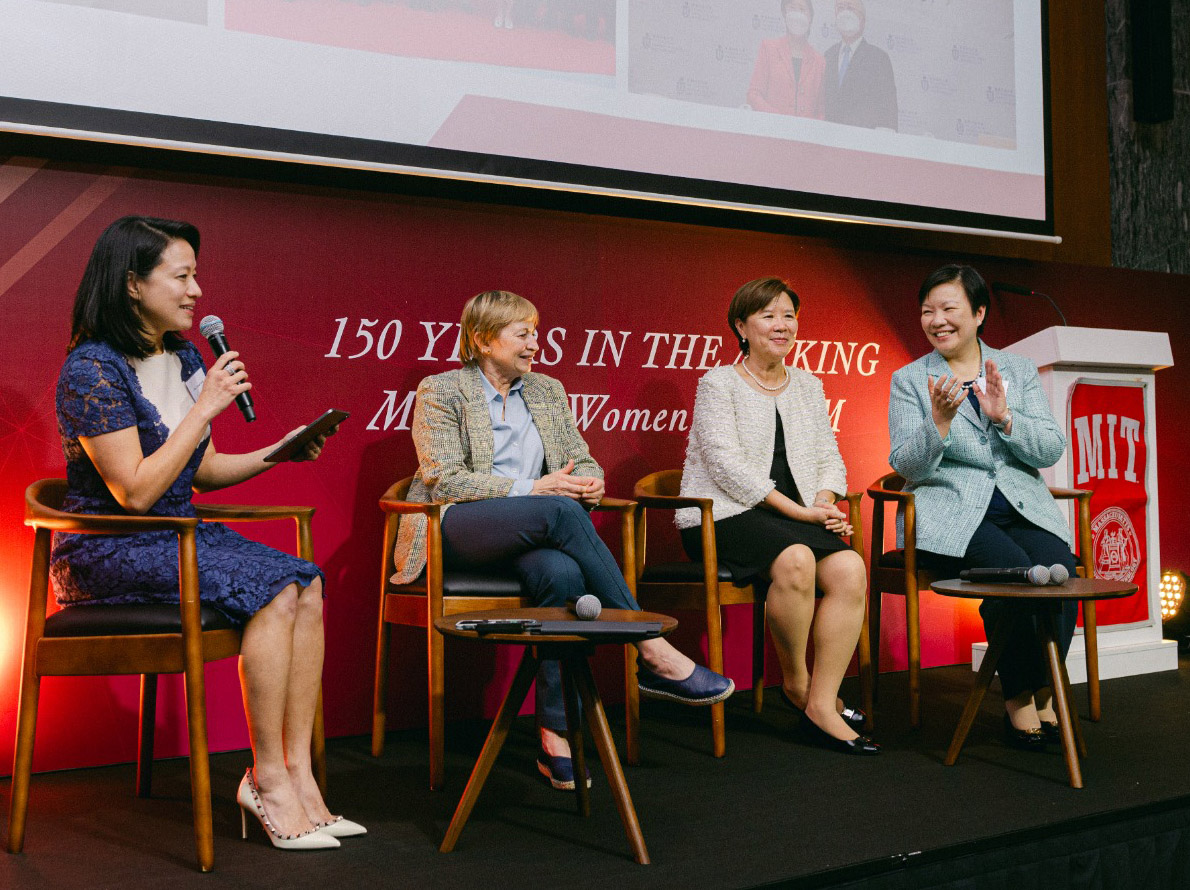
“We pay tribute to a woman whose contributions continue to resonate and inspire us to this day,” Karen Ng ’02, president of the Club of Hong Kong, told the audience. “And to all the amazing women in STEM and leadership who continue to make our world a better place every day.”
MIT president Sally Kornbluth—the second woman in Institute history to hold the office—joined in from Cambridge for a virtual fireside chat. “One thing that really struck me was something [Richards] said as a young woman considering whether to pursue a career in science—which she loved,” Kornbluth said. “She wrote, ‘My life is to be one of active fighting.’ So she knew about all the obstacles going in, but looking at her life and career, you have to assume she won a lot of those fights. I’m delighted that [the MIT clubs in Asia] had the wonderful idea to mark the anniversary of her graduation.”
Maria Zuber, MIT’s longtime vice president for research (who has just been named the Institute’s presidential advisor for science and technology policy), gave the Hong Kong club event’s keynote, during which she discussed ways to further advance gender parity.
The Hong Kong event also served as a fundraising kickoff for the new ESR 150 Asia Scholarship for Women Fund, named in honor of the Richards anniversary. Already seed-funded by gala attendees and other donors, the scholarship will help young women from anywhere in Asia attend MIT.
Looking back on the last year, Romaine is still in awe of what she and her fellow club leaders accomplished together. “I’m really happy that this one idea that I had expanded and that a lot of people got inspired,” she says. “This occasion really showcased that if you have a good idea, you should talk about it … By working together, we made something even better, in a typical MIT way.”

